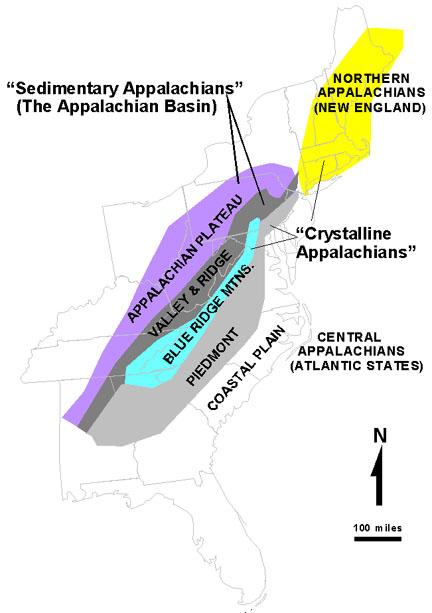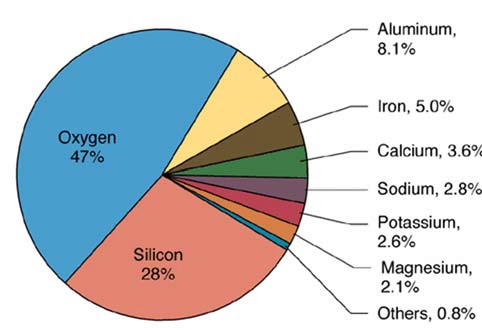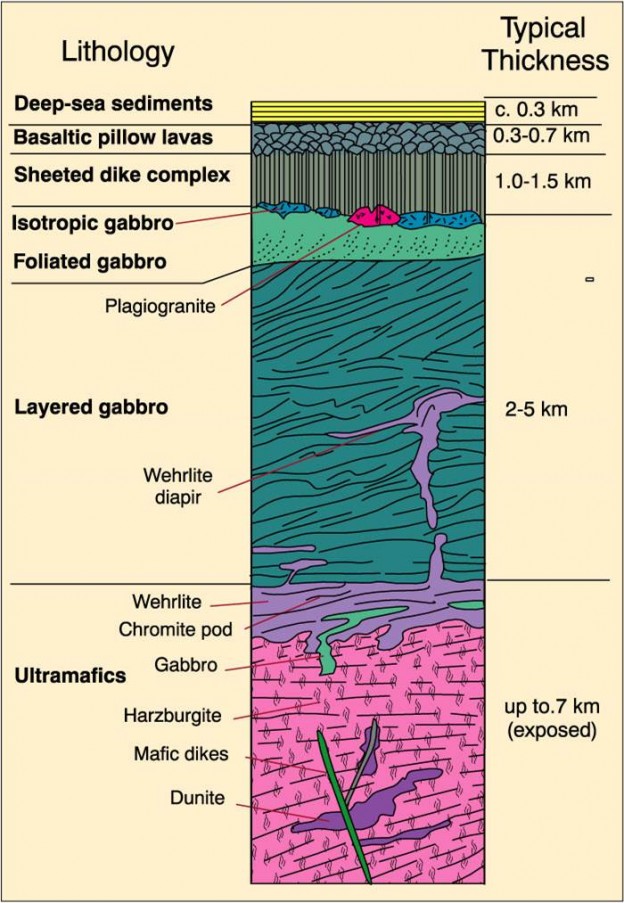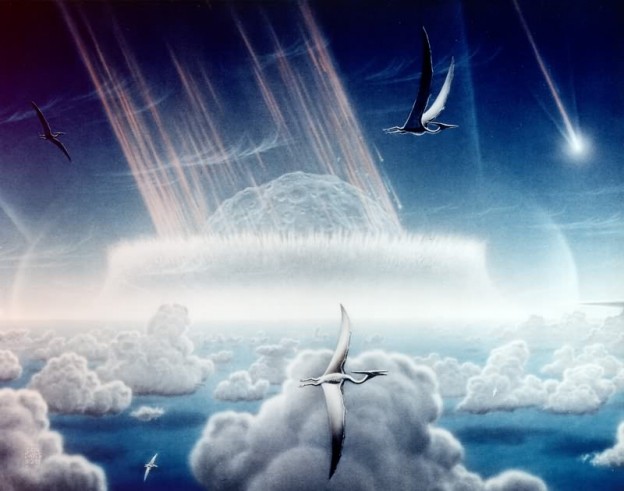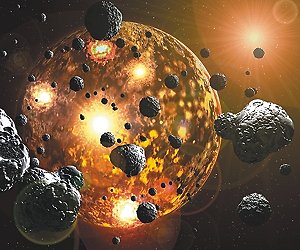The history of the Appalachians spans over a billion years, with four collisions forming the Appalachian Mountains. The last collision occurred around 300 million years ago. Originally, the chain would have rivaled the Himalayas at over 5 km tall, with some mountains perhaps reaching as high as 9 km. Three hundred million years of erosion slowly whittled the mountains away; today, they average 1 km, with the highest point being 2 km at Mount Mitchell, North Carolina. Read more
Easy Science: how the Appalachian Mountains formed in four steps
Did a starburst cause Earth to get buried in kilometers of snow?
Three times before the Cambrian period (545 mya), the entire earth has been buried in several kilometers of snow -- based on evidence including tropical glacial deposits and the cessation of carbonate production (which prefers to form in warmer waters) -- in a phenomenon known as Snowball Earth. But what causes these drastic glaciations to occur? Read more →
Most common elements and oxides in rock-forming minerals
After the Big Bang, the universe was made up of the two lightest elements: hydrogen and some helium. Nucleosynthesis was responsible for creating heavier elements; young stars form helium out of hydrogen.
In the later stages of a massive star's life, helium is converted into heavier elements like carbon, oxygen, silicon, and iron. When a star goes supernova, they create elements heavier than iron. Elements with even atomic numbers are an order of magnitude more common than odd ones. Read more →
Easy Science: cross-section of ocean floor geology
The ocean floor forms at seafloor spreading centers, where basaltic magma pushes out through cracks. This magma ultimately comes from the mantle. What would you see if we could punch out a 8 km deep tube from the sea floor? Unfortunately, that isn't yet possible, but thanks to ophiolites, which are parts of the seafloor that have been uplifted to where we can study them, we have an idea of what it would look like. Read more →
Easy science: the 5 Big Extinctions explained
This article is going to very briefly explain what constitutes a "Big Extinction" and sum up in an easily understood manner the causes and effects of the five (or six!) events. Click on the extinction title to go to Wikipedia page where you can find more information, including sources. Note that the simplicity of this article means it excludes important details, controversies, and caveats. Google is your friend. Read more →
Whaling of the Right Whale
This article will summarize the history of whaling of Eubalaena glacialis, including why the right whale was favored, how they were captured, killed and processed, as well as the impacts that hunting had on right whale populations.
Written in conjunction with Daniela Benavides with for BIO 376: Marine Mammals at Duke University, Summer 2013. Read more →
Review: Pokemon X is like a new old pair of sneakers
I'm proud to admit that I was an early adopter of the Game Boy and its predecessor the Color (in fact, I still play Pokemon Red on my Color). I checked out of the GBA era entirely and only returned for a short-lived and largely underwhelming adventure with Black and White on the DSi. I was cautios about making the jump into 3D with Pokemon X, but desperate for some good games to pass away my winter break, I caved. Read more →
The new Godzilla sucked
A Godzilla fan since the 1998 movie made my then 8-year-old self aware of the beastie (don't worry -- it got me watching the older ones), I've been anxiously awaiting the new Godzilla since the first tantalizing previews appeared last May, drooling about how cool he was going to look in all of his modern CG glory. When I found out that some of the same folks involve with Godzilla were involved with Pacific Rim, I just knew the movie was going to be a visual feast of monster badassery. Read more →
The quick difference between nautiloids and ammonoids
It's pretty much an undisputed fact that nautilus are awesome, and the same goes for their siblings, the extinct ammonites. Both are cephalopods with external, chambered shells, but they fall into different subclasses: Nautiloidea and Ammonoidea. How can you tell the difference? As this awesome, easy-to-read page shows, nautilus hit the scene first in the Late Cambrian, and in the Devonian, ammonites evolved as an offshoot of that branch. (The first nautilus had straight shells!)
Easy Science: simple timeline of pre-Cambrian earth and life
Understanding the formation of the earth can be overwhelming. I've simplified and condensed the big events into an easy-to-follow timeline. Obviously, the list is not meant to be exhaustive and probably isn't 100% accurate. Clicking on the links will take you to Wikipedia that lead to journal articles (a few links directly to sources). Read more →

